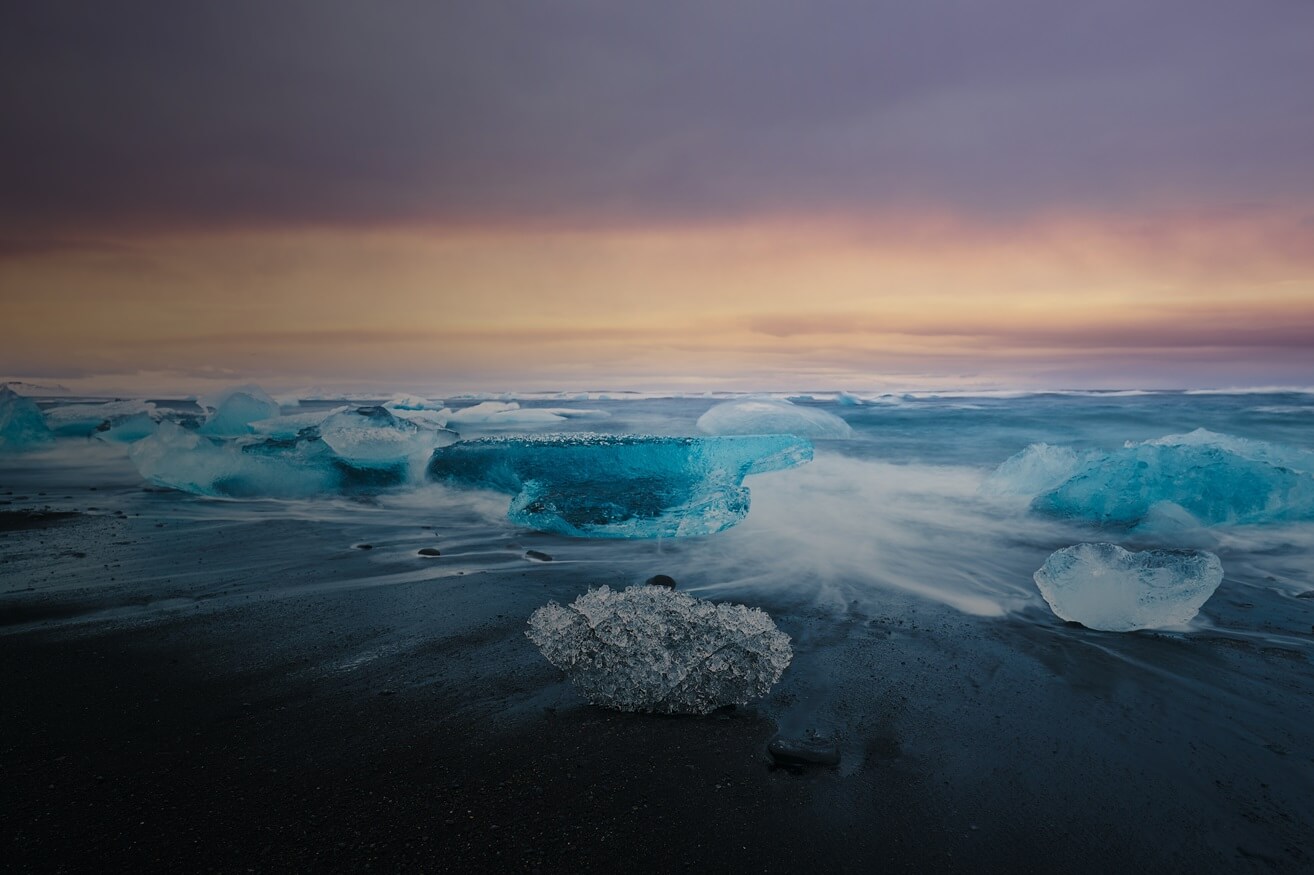
Experienced
Recognizing Significant Contributions to Geomagnetism, Paleomagnetism, or Electromagnetism
The Edward Bullard Lecture is presented annually at AGU's annual meeting by a scientist who has made significant contributions in the field of geomagnetism, paleomagnetism, or electromagnetism. It is named to honor the work and life of geophysicist Edward Crisp Bullard.
The Bullard Lecture is also a part of the Bowie Lecture series, which was inaugurated in 1989 to commemorate the 50th presentation of the William Bowie Medal, AGU’s highest honor and named for its first president.
- A lecture certificate
- Recognition in Eos
- Recognition at AGU's annual meeting the year the honor is awarded
- An invitation to present the Bullard Lecture at at AGU's annual meeting the year the honor is awarded
About the Geomagnetism, Paleomagnetism and Electromagnetism Section
Members of the Geomagnetism, Paleomagnetism and Electromagnetism Section study the ancient and current magnetic field, from Earth’s core to other planets and to outer space, to gain an understanding of Earth’s structure, dynamics, and history and its relationship to other planets.
Geomagnetists measure the Earth’s magnetic field at present and use measurements taken over the past few centuries to devise theoretical models to explain its origin. Paleomagnetists have an eye to history: they interpret fossil magnetization in rocks and sediments from the Earth’s continents and oceans, which record the spreading of the seafloor, the wandering of the continents, and the many reversals of polarity that Earth’s magnetic field has undergone through time; similar data can be analyzed from extraterrestrial bodies. Electromagnetists employ changing magnetic fields for fundamental research purposes and for the benefit of mankind, by measuring the small electrical currents that can be induced in the crust and mantle and interpreting them in terms of electrical conductivity.